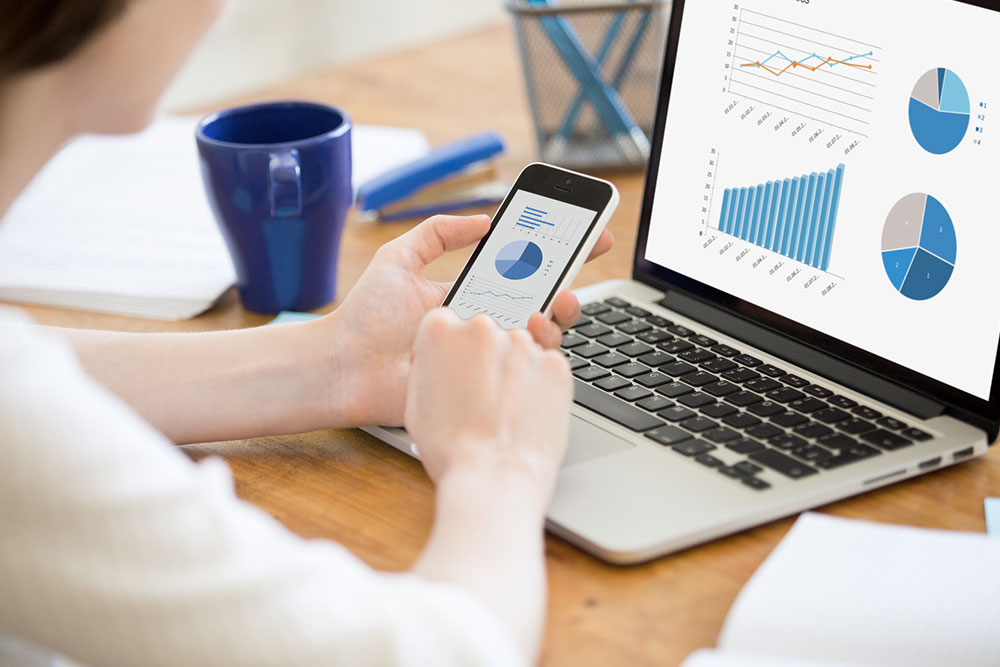
5 accounting software failures that lead to business risks
Accounting is a crucial process for businesses of all sizes, and it requires a high level of precision and accuracy. Therefore, many organizations are now using accounting software to minimize the risk of human errors. However, mistakes are often encountered despite using automated software. Even a minor error can lead to significant problems for the business. Therefore, it’s important to be aware of the potential failures of accounting software, which can ultimately lead to business risks.
What is the function of an accounting software?
Before getting into different issues encountered with accounting software, it is crucial to understand the ways in which it can benefit an organization. Generally, an organization uses accounting software for the following purposes:
- Automation of financial process
- Quick access to critical information
- Efficient workflow when a large amount of data is involved
- Accurate calculations and precise processing of operations
Challenges involved in the development of accounting software
Accounting software can be a useful tool for businesses and professionals to keep track of sales, profits, cash flow, cash reserves, loan allocations, and billing information. This is often sufficient for small businesses. However, larger businesses may require more advanced accounting software that has the capability of generating balance sheets, bank balances, and the value of creditors, debtors, and assets. Furthermore, some may also require more sophisticated financial accounts, such as a detailed analysis of all crucial areas of the business.
Thus, accounting software is highly critical for businesses delivering a wide range of services and products. But despite their importance and high demand, very few expert professionals have all the knowledge to manage and develop the software effectively and efficiently. They must have expertise in software development and understand the potential failures of the software that could result in significant losses to a business. This knowledge helps in creating and developing a highly functional software.
Failures of accounting software can lead to business risks
Applications and accounting software developed for accounting operations often have several functionalities, features, and components. It is crucial to conduct thorough testing during the software development process to avoid any loss of profit or business risks once the software is deployed for use in real time. Here are some of the common failures that accounting software developers can check.
- Mistaken reporting of income and expenses
If financial transactions are not accounted for accurately, it can lead to significant errors. A small error can quickly distort a business’s estimated operating profit margins. Over time, this can result in more problems, such as inflated earnings and tax overpayments. - Incorrect customer data monitoring
It is important to test the software that displays customer data and interactions to ensure there are no margins for errors. If the software displays incorrect information, the accountant may commit mistakes while tracking cash flow, which can cause significant financial problems for the company, such as huge profit losses. - Errors in financial statements
The popularity of accounting software relies on its ability to create reports monthly, quarterly, and annually automatically. This is an essential task for accountants, and automating it makes their work easier. However, if the software introduces errors in this basic task, important data can be lost or missed, leading to significant business risks. Ultimately, this makes the software practically useless. - Difficulties with access levels
Most accounting software needs a flexible system of access levels to delegate different rights and functions to users based on their role in the organization. This not only assigns well-defined functionality to all employees but also ensures data privacy and protection. However, if the wrong person obtains access to all the critical data, it can lead to data leakage, data theft, and overreaching, which poses significant risks for the business. - Problems of integration with other systems
Often, businesses require accounting software that can be integrated with third-party solutions and systems, such as online banking, electronic document management systems, and others. This helps in the seamless connection of various aspects and processes of the business. The success of the software integration determines how smoothly the business workflow will operate. But, if the applications are unable to connect and work in synchronization or cannot download data, or use the various features and tools, it will reduce the level of efficiency and convenience.
Accounting software needs to be tested thoroughly to prevent the above failures.
Common testing methods to avoid failures of accounting software
- Functional testing
This involves manual and automated testing of the various functions of the accounting software, which is complex and driven by data. The aim of this test is to ensure that the performance of the functions and their results are as expected by the end user. - Performance testing
Performance testing checks whether the accounting software responds quickly to user input. It helps identify any issues that could potentially slow down the software or cause it to crash. - Security testing
Accounting software manages and processes a lot of secure and critical data. Security testing can detect different loopholes and compliance problems that could put the data at risk of theft or leakage. This method involves manual penetration tests, dynamic processes, and basic system software assessment.


